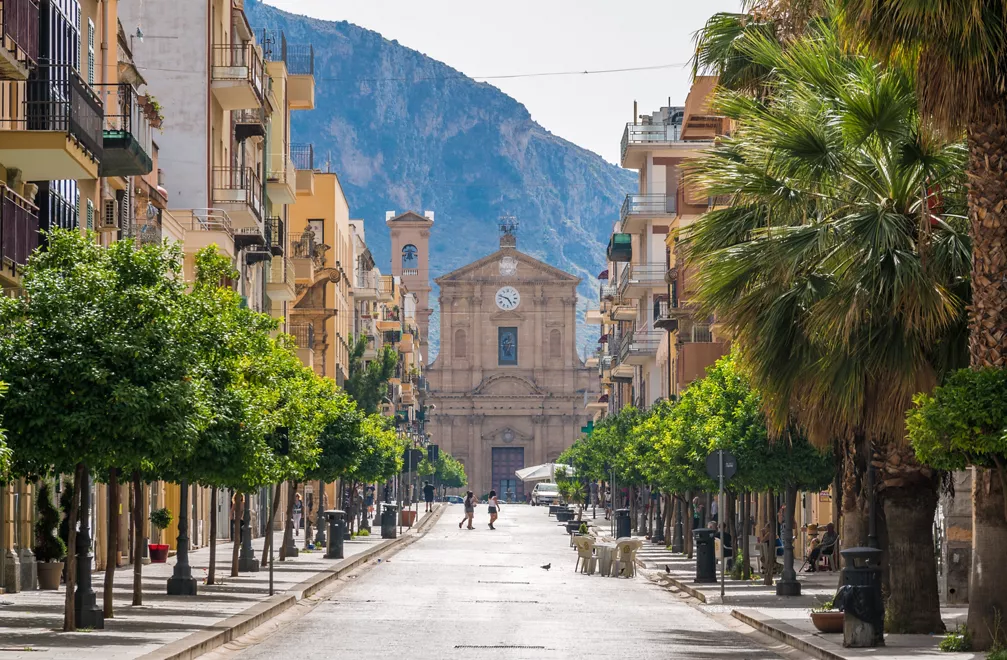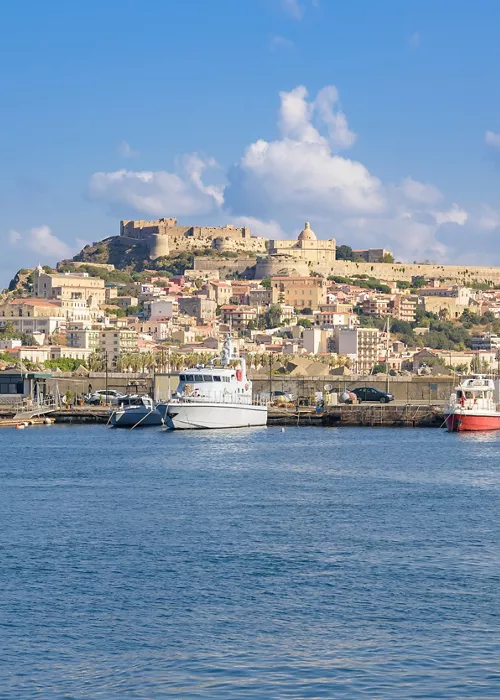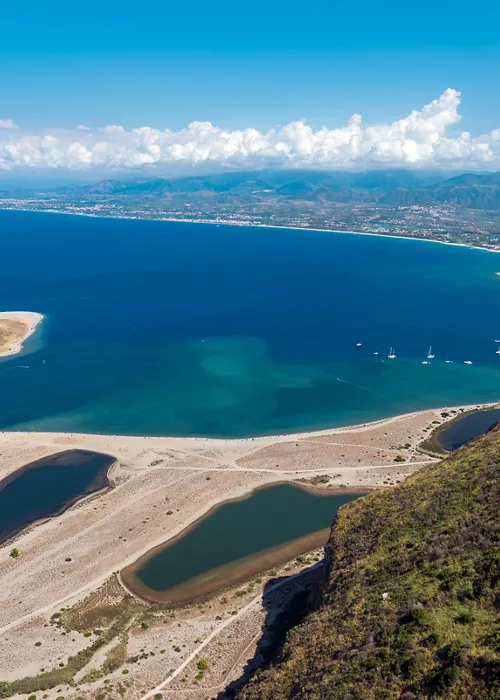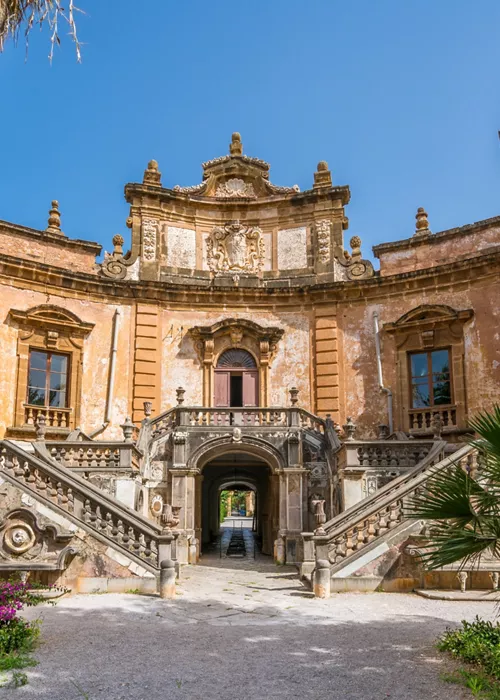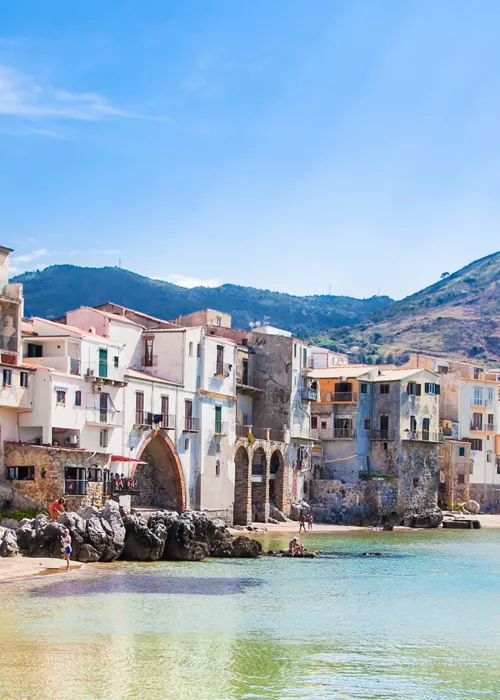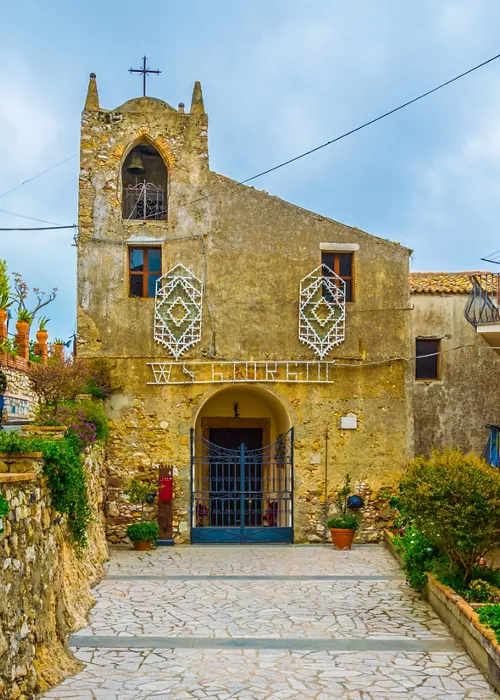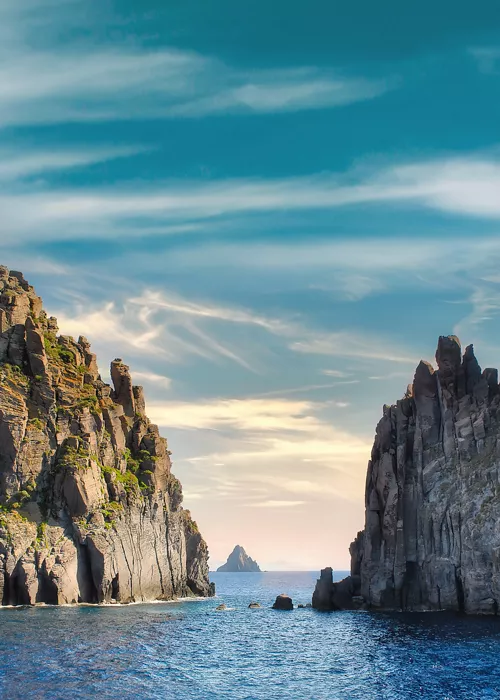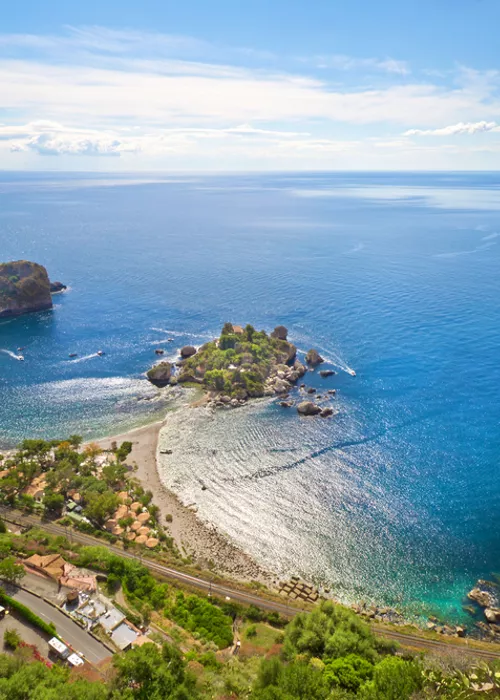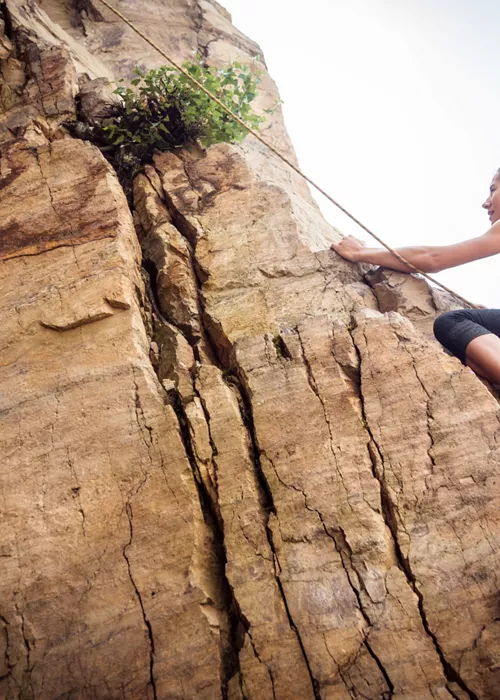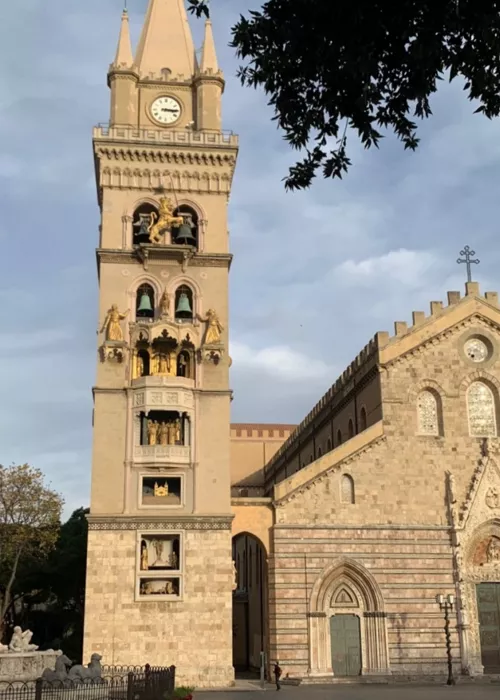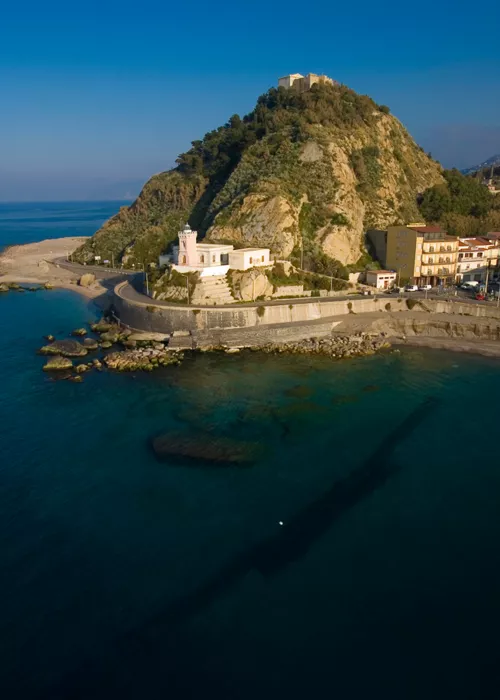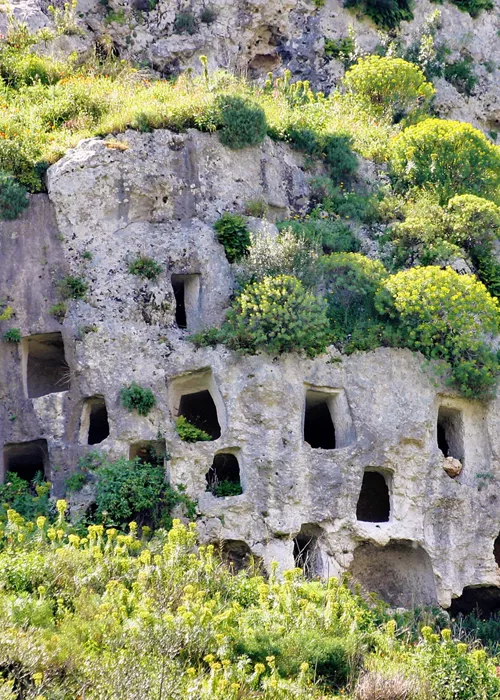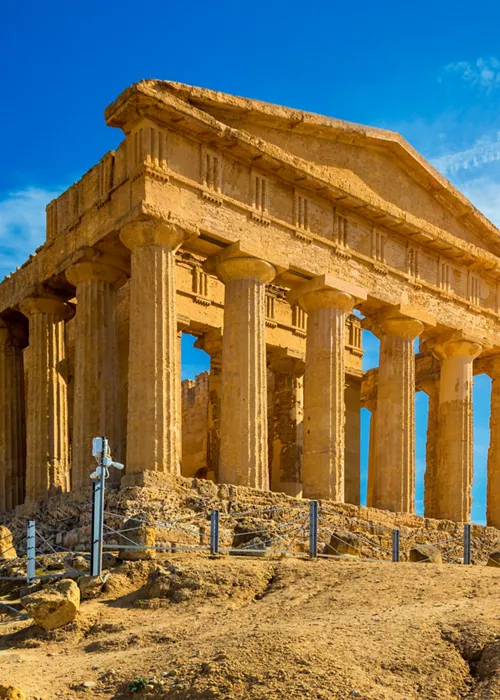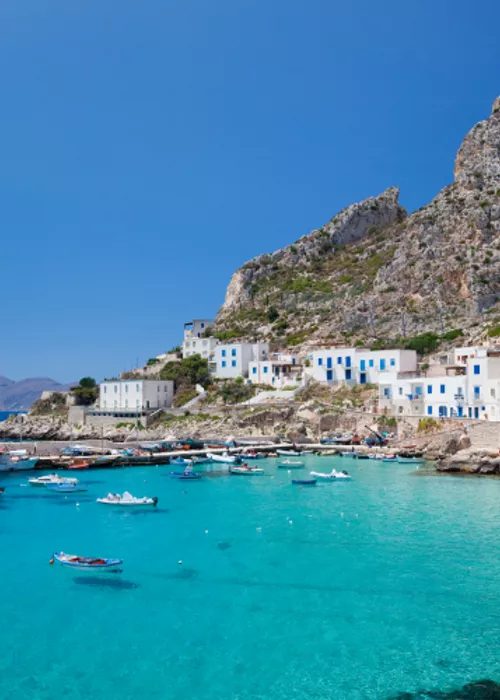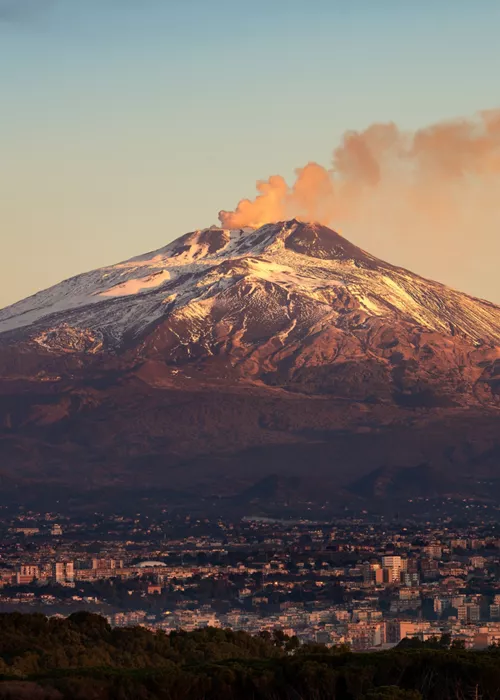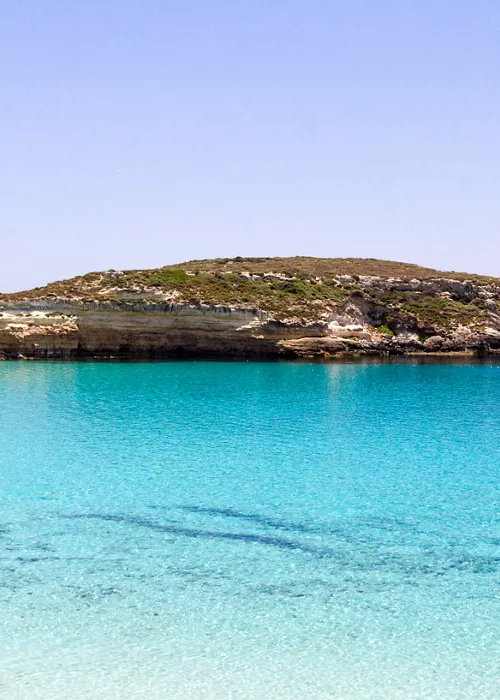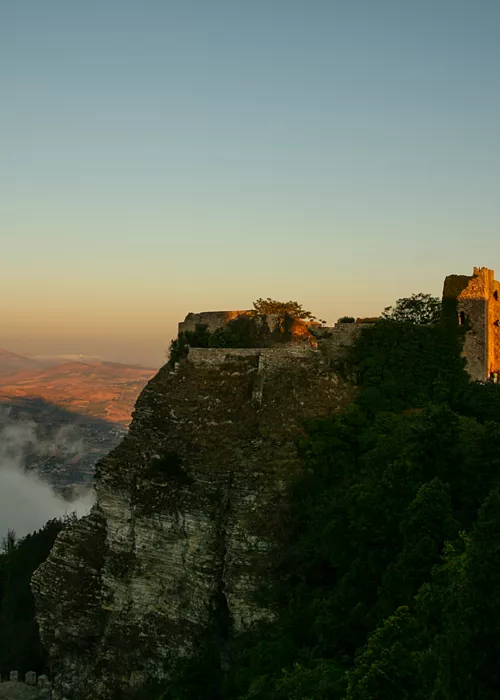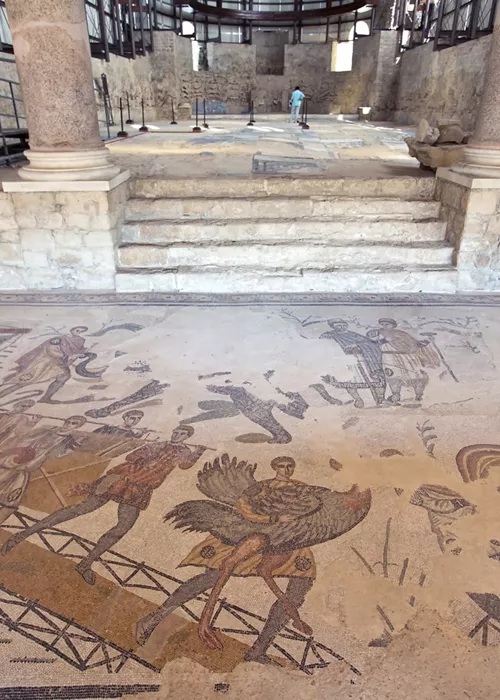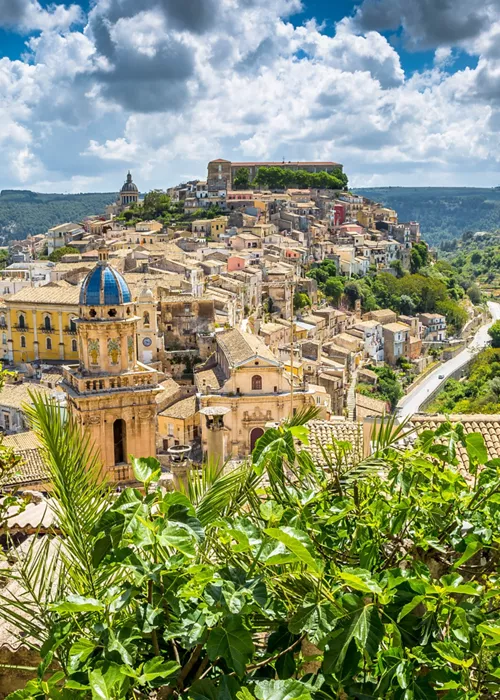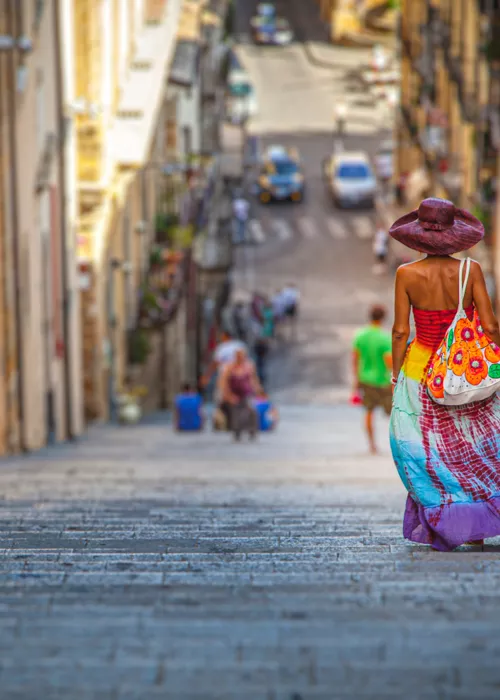Milazzo to Bagheria: Cycling along the northern coast of Sicily
3 minutes
With its winding roads that thread their way through the Mediterranean scrub and scenic ups and downs, the road along the north coast of the island (known as Settentrionale Sicula) is the perfect route for cyclists tackling this stage of the Giro di Sicilia. In total, there are 199 kilometres without great difficulty, to the delight of the sprinters who pedal it all at once.
But for simple bike enthusiasts, the route we are talking about in this article is an invitation to slow down, to enjoy the lush nature and important traces of history. Be careful, however, not to become too distracted by the panorama: you are on a State Road (number 113), so look at the road and, if you are with others, proceed in single file.
In Milazzo, immersed in history and science
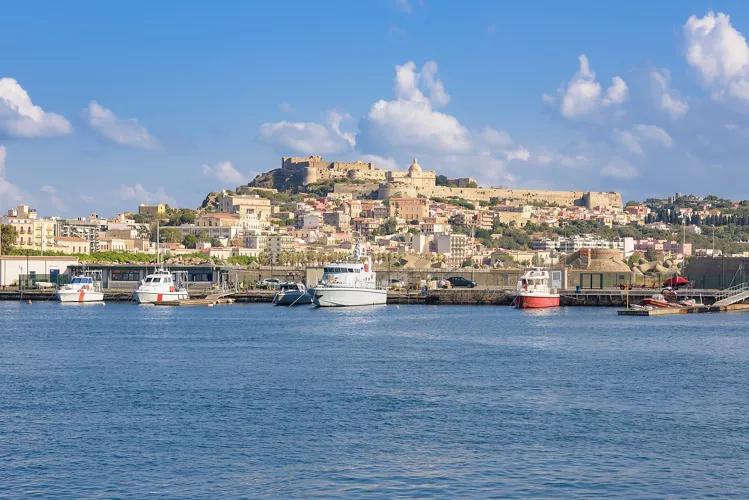
The itinerary begins in Milazzo, in the far north-eastern corner of the island. From its port ferries take tourists to the Aeolian Islands. But this town is more than just a starting point. The Castle, for example, must be visited. It is in the territory of Capo, an extension of land jutting impertinently into the sea, almost touching the Aeolian Archipelago.
It was here, during the Swabian domination, in the 13th century, that Frederick II had one of his manors built, later remodelled by the Aragonese sovereigns and the Spanish viceroys, who enlarged it until it became the largest fortified citadel in Sicily.
Inside its mighty walls, there is a gem not to be missed: we are talking about the MuMa, the Museum of the Sea, which boasts a collection of videos, multimedia installations and art pieces dedicated to the relationship between man and the marine environment.
Tindari, where legends and ancient ruins abound
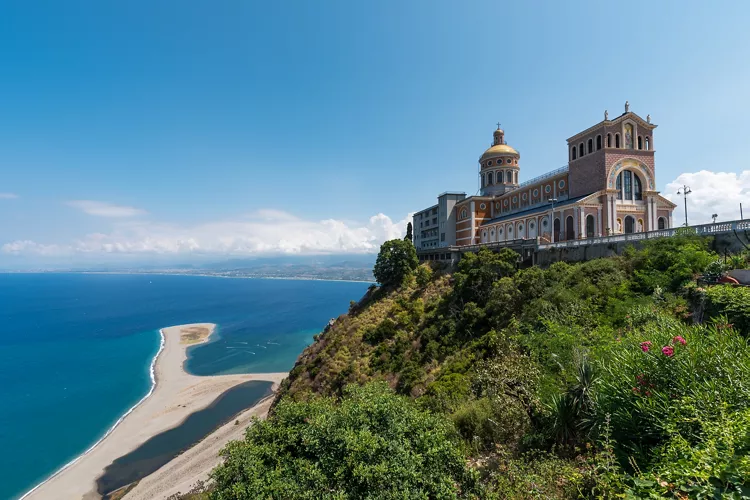
30 kilometres into the course, the riders are faced with the only climb today: the ascent to Tindari, founded on the ancient Greek city of Tyndaris, perched more than 260 metres above sea level. The climb is almost within everyone’s reach, with a final prize: in addition to the wonderful view, at the top of the promontory is the Basilica Santuario Maria Santissima del Tindari, which houses a Byzantine statue of the Black Madonna.
Legend has it that it was part of the cargo of a ship returning from the East, which had to take shelter in the bay below, due to a storm, and only managed to leave again after abandoning the chest containing the precious sculpture. A few kilometres away, still on the route, you’lle find another gem: Patti, famous for its pottery production and the entrance to its archaeological area.
Continuing along the Costa Saracena, along hairpin bends suspended over panoramic terraces, after about 60 kilometres you arrive at Capo D’Orlando, the ancient Agatirso, that has been one of the most important emporia in the Mediterranean over the centuries.
In Bagheria, in the heart of the Baroque
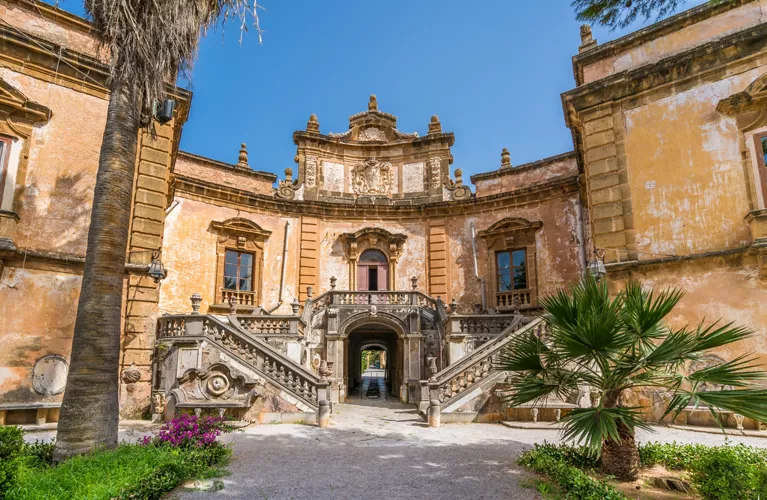
The route of this stage of the Giro di Sicilia continues along the Settentrionale Sicula, to meet the Norman town of Cefalù, on the edge of the Madonie Park. Among the most beautiful villages in Italy, it has a historic centre dominated by the Cathedral, a masterpiece of Arab-Norman architecture, named a World Heritage Site in 2015 together with the Arab-Norman monuments in Palermo and the Monreale Cathedral. Something else invites you to linger: the urban beach, squeezed between the typical village houses and a Caribbean sea.
A refreshing dip is the best way to tackle, after about 30 kilometres, the Triple of Termini Imerese, and the slight ascent (with an average gradient of 1.5 per cent) of the final part of the route. Three kilometres from the finish line, the route leaves the State Road and enters Bagheria, a small Baroque jewel known for its villas, almost all dating from the 18th century.
Which ones to choose? The oldest is Palazzo Butera, which was built in 1658. The most famous: Villa Palagonia, also known as "Villa of the Monsters", because of the numerous statues of deformed creatures. In 1787, it was visited by Johann Wolfgang von Goethe, while in 2009 it was the set for Giuseppe Tornatore's film Baarìa.
Curated by the editorial staff of RCS Sport.

